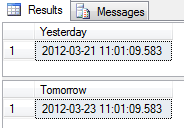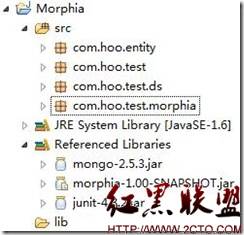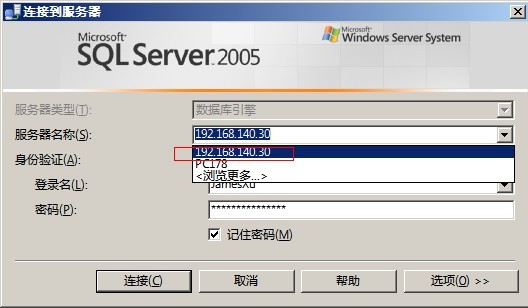PostgreSQL启动过程中的那些事七:初始化共享内存和信号二:shmem中初始化xlog
pg初始化完shmem,给其加上索引"ShmemIndex"后,接着就在shmem里初始化xlog。
1先上个图,看一下函数调用过程梗概,中间略过部分细节
初始化xlog方法调用流程图
2初始化xlog相关结构
话说main()->…->PostmasterMain()->…->reset_shared() ->CreateSharedMemoryAndSemaphores()>…->XLOGSHmemInit(),初始化控制文件data/global/pg_control相关数据结构及事务日志xlog相关数据结构,相关结构定义在下面。
typedef struct ControlFileData
{
/*
* Unique system identifier --- to ensure wematch up xlog files with the
* installation that produced them.
*/
uint64 system_identifier;
/*
* Version identifier information. Keep these fields at the same offset,
* especially pg_control_version; they won't bereal useful if they move
* around. (Forhistorical reasons they must be 8 bytes into the file
* rather than immediately at the front.)
*
* pg_control_version identifies the format ofpg_control itself.
* catalog_version_no identifies the format ofthe system catalogs.
*
* There are additional version identifiers inindividual files; for
* example, WAL logs contain per-page magic numbersthat can serve as
* version cues for the WAL log.
*/
uint32 pg_control_version; /* PG_CONTROL_VERSION */
uint32 catalog_version_no; /* see catversion.h */
/*
* System status data
*/
DBState state; /*see enum above */
pg_time_t time; /*time stamp of last pg_control update */
XLogRecPtr checkPoint; /*last check point record ptr */
XLogRecPtr prevCheckPoint; /* previous check point recordptr */
CheckPoint checkPointCopy; /* copy of last check pointrecord */
/*
* These two values determine the minimum pointwe must recover up to
* before starting up:
*
* minRecoveryPoint is updated to the latestreplayed LSN whenever we
* flush a data change during archive recovery.That guards against
* starting archive recovery, aborting it, andrestarting with an earlier
* stop location. If we've already flushed datachanges from WAL record X
* to disk, we mustn't start up until we reachX again. Zero when not
* doing archive recovery.
*
* backupStartPoint is the redo pointer of thebackup start checkpoint, if
* we are recovering from an online backup andhaven't reached the end of
* backup yet. It is reset to zero when the endof backup is reached, and
* we mustn't start up before that. A booleanwould suffice otherwise, but
* we use the redo pointer as a cross-checkwhen we see an end-of-backup
* record, to make sure the end-of-backuprecord corresponds the base
* backup we're recovering from.
*/
XLogRecPtr minRecoveryPoint;
XLogRecPtr backupStartPoint;
/*
* Parameter settings that determine if the WALcan be used for archival
* or hot standby.
*/
int wal_level;
int MaxConnections;
int max_prepared_xacts;
int max_locks_per_xact;
/*
* This data is used to check for hardware-architecturecompatibility of
* the database and the backendexecutable. We need not check endianness
* explicitly, since the pg_control versionwill surely look wrong to a
* machine of different endianness, but we doneed to worry about MAXALIGN
* and floating-point format. (Note: storage layout nominally also
* depends on SHORTALIGN and INTALIGN, but inpractice these are the same
* on all architectures of interest.)
&nbs






